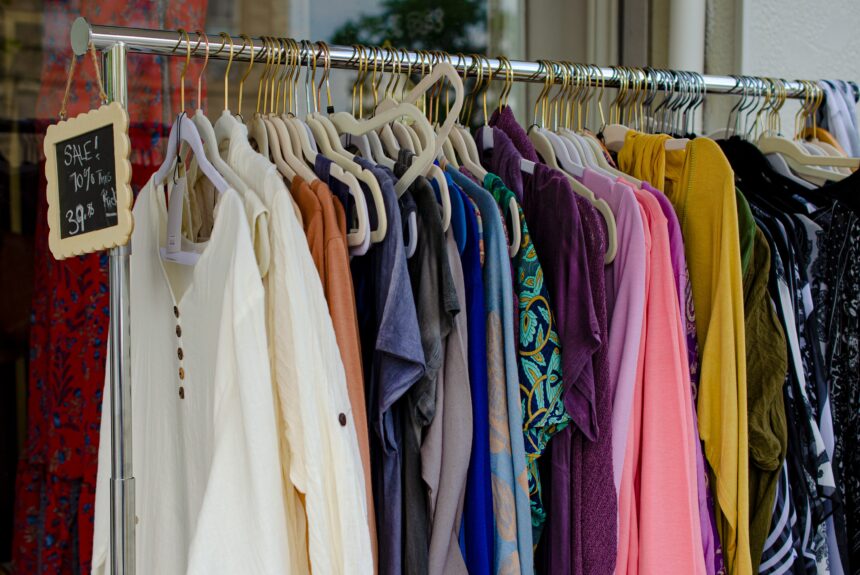Buying secondhand clothing is no revolutionary concept, but thrifting has become a favorite pastime of young people today, and as a result, made the ever-present desire to stay trendy infinitely more sustainable than before. “Fast fashion,” the term used to describe the rapid cycle of clothing from the runway, to the racks, and ultimately to the landfills, is why textile production contributes more to climate change than both international aviation and shipping. Upcycling already made and worn clothes eliminates the need for such quick and constant production of new items. And again, while this concept is in no way new, the way teens and young adults have embraced accessible sustainability in fashion has the potential to make a long-term difference and negate the detrimental effect that the fashion industry has on the planet.
>>>READ: Five Sustainable Fashion Brands That Will Be Hot This Summer
In general, there’s been an uptick in the last twenty years of brands that have sustainability as a major tenet of their philosophy, with companies like Reformation, Kotn, and Pact, among others. But often those brands market to a specific demographic that can afford to spend much more on a t-shirt than the average teenager or twenty-something, though that demographic often drives marketing as brands strive to achieve consumer loyalty early.
This gap is where thrifting comes in. Going to Goodwill has lost the reputation of being something only those who could not afford anything else would do and has become a celebrated way for young people to stay not only on trend, but sustainable, for cheap. It is difficult for traditional sustainable “slow” fashion to be as accessible as it would be in an ideal world, but the popularization of thrifting has transformed the previously elusive world of sustainable fashion accessed only by the wealthy and thin into something attainable to people of all ages, shapes, and socio-economic spheres.
In the age of Amazon, everyone is utilizing the ability to shop without actually stepping outside, and in the last ten years, as thrifting has gained popularity in the coveted young demographic, the market has taken notice. Apps like Poshmark and Depop (popularized primarily by Gen Z), have altered thrifting beyond auction and yard sale sites like eBay in ways that have seen it become much more customizable and akin to traditional shopping. Shipping items purchased on these apps does put a strain on the environment, but it allows consumers to take steps to live more sustainably without having to leave their comfort zones and routines entirely. The ultimate goal is to reduce the amount of clothing that is made unsustainably, worn briefly, and ditched to join a landfill. Repurposing someone else’s old items does that, regardless of whether or not shipping is involved.
Throughout history, there is a common thread of teens and young adults dictating what is and isn’t “in,” developing habits that translate into hefty market power as they age. In this era of politically conscious young people, caring about the planet is fully on-trend. Of course, there are other reasons why thrifting has shot up in popularity – the fashion world repeatedly recycling old ideas and economic factors like inflation. Whether the motivation behind young consumers being suddenly crazy about upcycling grandma’s and grandpa’s sweaters is wholly due to being climate conscious or not, it is making a difference, and that is what counts. The question for the future is, how will both traditional fashion companies as well as the newer sustainable clothing companies respond?
The views and opinions expressed are those of the author’s and do not necessarily reflect the official policy or position of C3.
